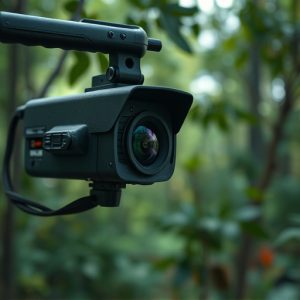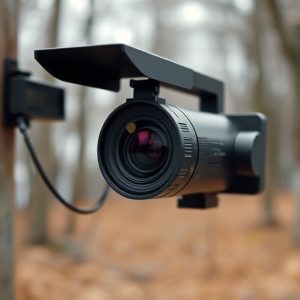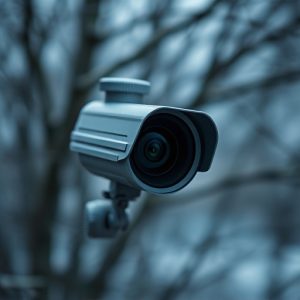Detecting Hidden Cameras: Safe Monitoring with Ethical Considerations
Hidden cameras used for babysitting monitoring pose significant privacy risks, invading spaces and d…….
Hidden cameras used for babysitting monitoring pose significant privacy risks, invading spaces and damaging trust between families and caregivers. Spy lens reflection detection is a cutting-edge technique using natural light to uncover these concealed devices. Homeowners can proactively identify threats without additional lighting by observing reflections and shadows. Balancing privacy and oversight requires open communication, legal awareness, setting boundaries, obtaining consent, and transparent data management to respect both caregiver privacy and parental rights while adhering to jurisdiction frameworks.
In today’s digital age, ensuring safety within your home, especially when hiring a babysitter, is paramount. With advancements in technology, concealed cameras have become a common tool for monitoring, but understanding the risks and detection methods is crucial. This article explores spy lens reflection detection techniques, offering insights into identifying hidden camera risks. We delve into practical strategies for home monitoring while navigating ethical considerations and legal aspects surrounding the use of concealed cameras for babysitter observation, providing a comprehensive guide for parents seeking peace of mind.
- Understanding Hidden Camera Risks and Their Detection
- Spy Lens Reflection Techniques for Home Monitoring
- Ethical Considerations and Legal Aspects of Babysitter Monitoring
Understanding Hidden Camera Risks and Their Detection
Hidden cameras, often surreptitiously placed in homes, present a significant privacy risk, especially when used for monitoring purposes like babysitting. Concealed cameras for babysitter monitoring can be particularly distressing as they invade personal spaces and erode trust between families and caregivers. Understanding these risks is the first step towards effective detection.
While their use may be motivated by concern for a child’s safety, the presence of hidden cameras in homes raises ethical red flags. They can foster an environment of paranoia and mistrust. Moreover, undetected cameras can expose sensitive personal information to malicious actors. Knowing this, it becomes crucial to employ sophisticated yet accessible detection techniques that can identify these devices before they compromise privacy or security.
Spy Lens Reflection Techniques for Home Monitoring
In the realm of home monitoring, spy lens reflection detection techniques have emerged as a sophisticated way to uncover concealed cameras, particularly those used for secretive observation, like babysitter monitoring. These advanced methods leverage natural light and its interactions with lenses to expose hidden recording devices. By analyzing reflections and shadows cast by ambient light on surfaces, individuals can now proactively identify potential privacy invaders, such as miniature cameras hidden in corners or attached to everyday objects.
For parents considering concealed cameras for babysitter monitoring, understanding these reflection-based techniques is crucial. They don’t require additional lighting sources, making them ideal for discreet use within homes. By training eyes to discern subtle variations in reflections and shadows, homeowners can ensure a safe and secure environment for their children, knowing that any hidden surveillance will be quickly detected.
Ethical Considerations and Legal Aspects of Babysitter Monitoring
When considering the ethical implications of using concealed cameras for babysitter monitoring, it’s crucial to balance privacy rights with parental responsibilities. Setting clear boundaries and obtaining informed consent from both the caregiver and the child (if old enough) is essential. Transparency about camera placement and data storage is paramount to maintaining trust and ensuring legal compliance.
The use of hidden surveillance devices in homes raises significant legal questions, varying by jurisdiction. Parental rights to monitor their children’s activities often collide with individual privacy protections. It’s important for parents to understand the laws governing the installation and use of concealed cameras within residential spaces to avoid potential legal repercussions.
In conclusion, while concealed cameras can offer valuable monitoring solutions for parents seeking peace of mind, it’s crucial to balance privacy concerns with ethical and legal considerations. Spy lens reflection detection techniques, though effective in identifying hidden cameras, highlight the need for open communication with babysitters and respect for personal boundaries. Understanding the risks and implementing safe practices ensures a harmonious environment where technology enhances trust without infringing on individual freedoms.


